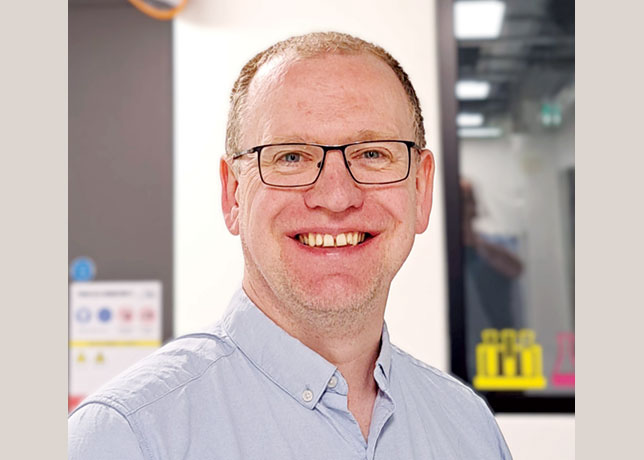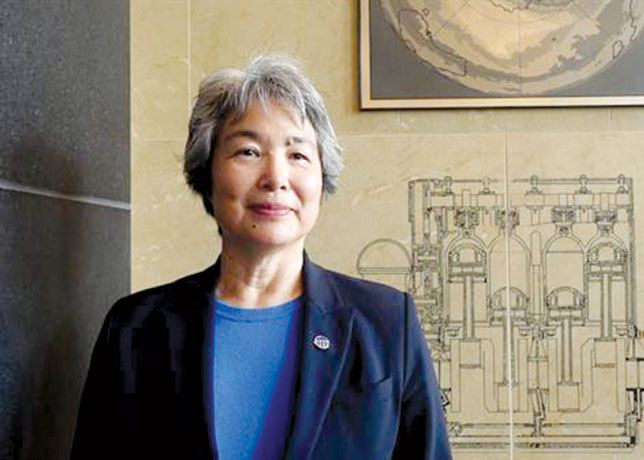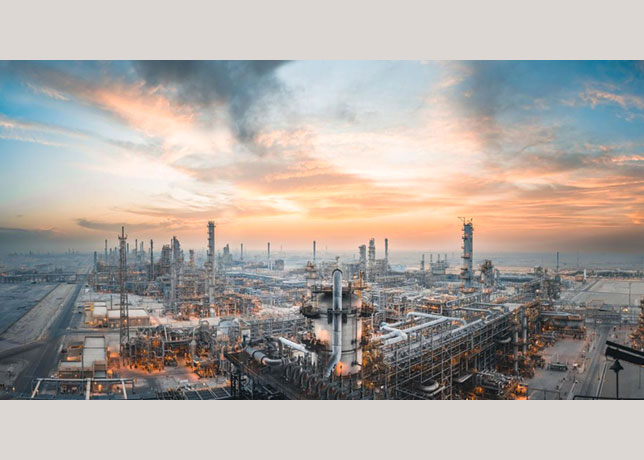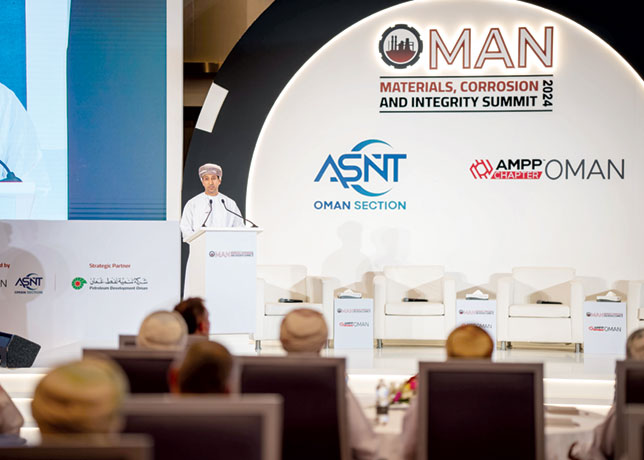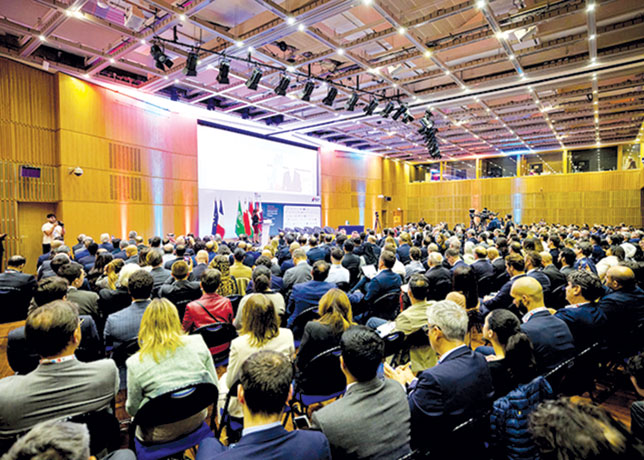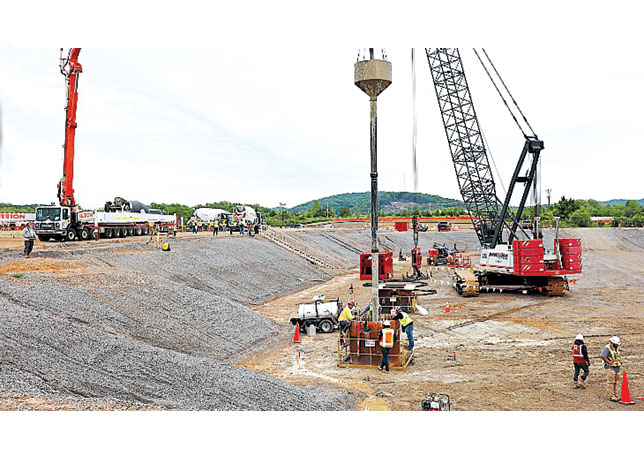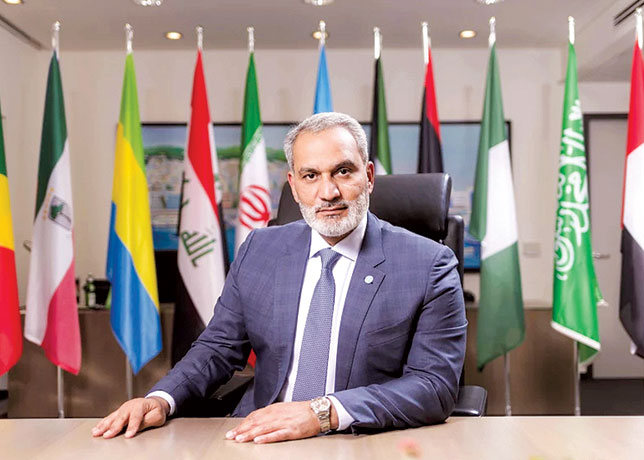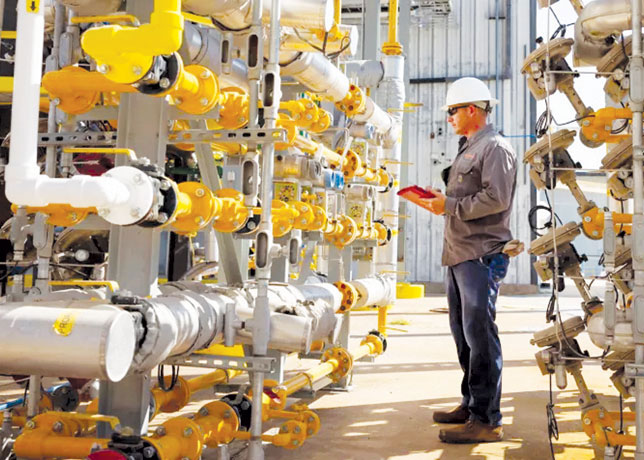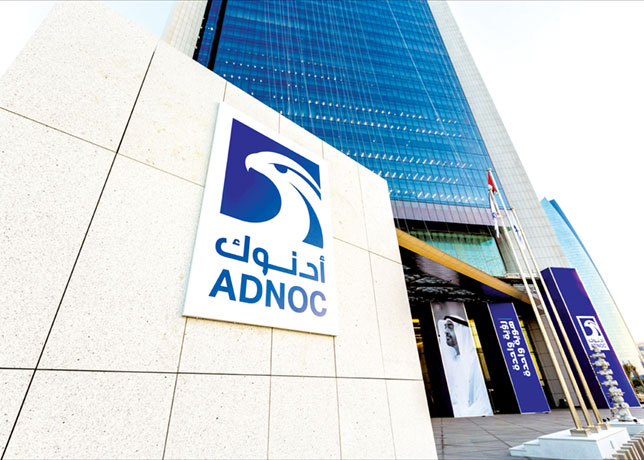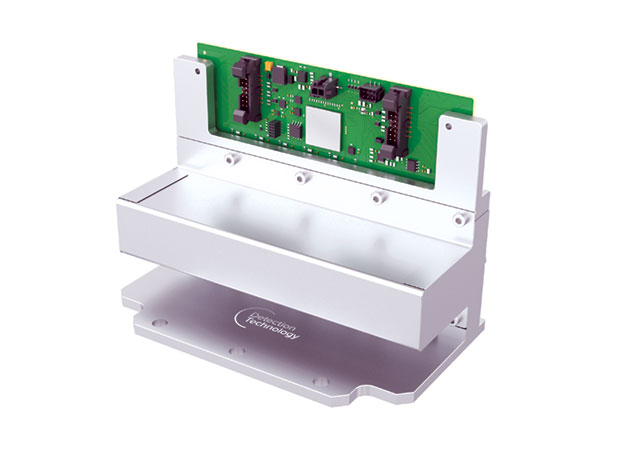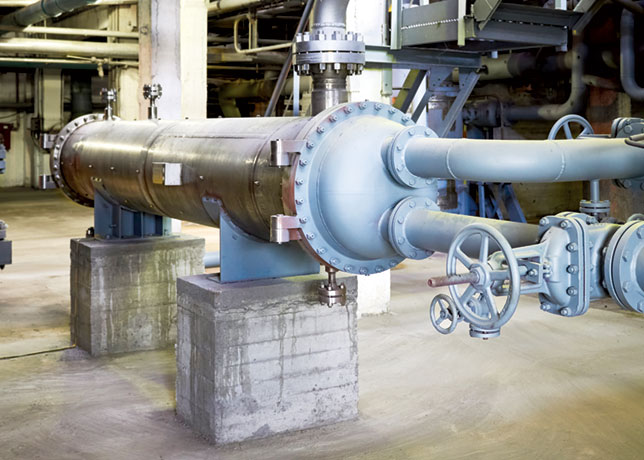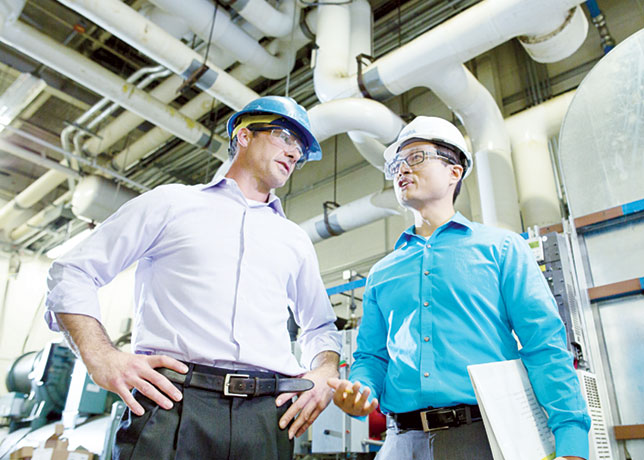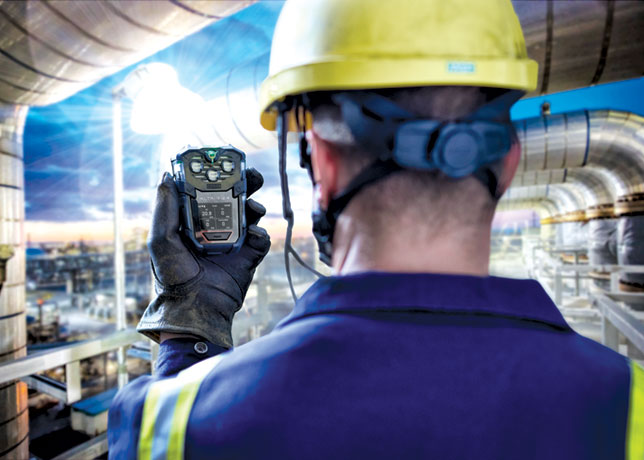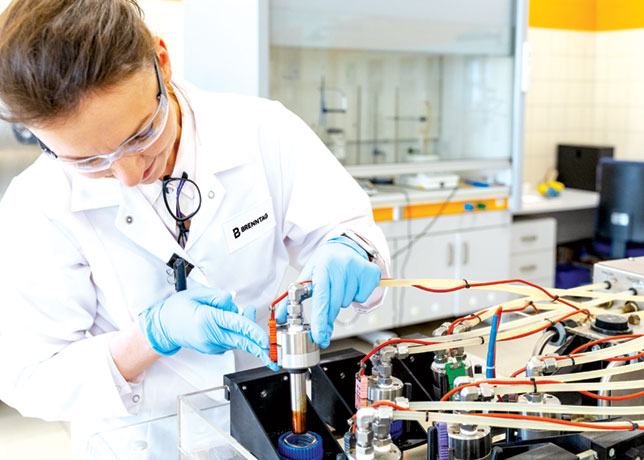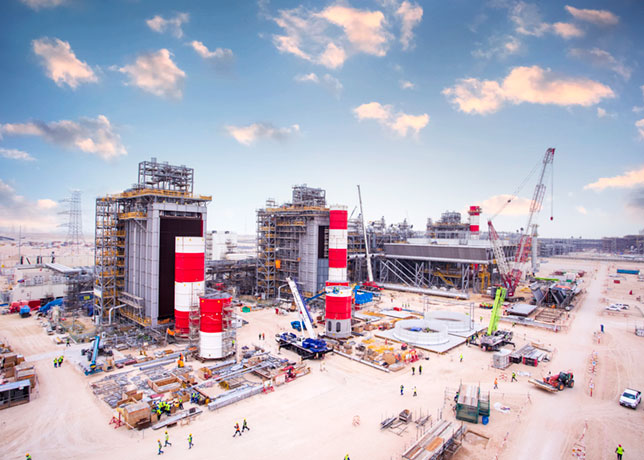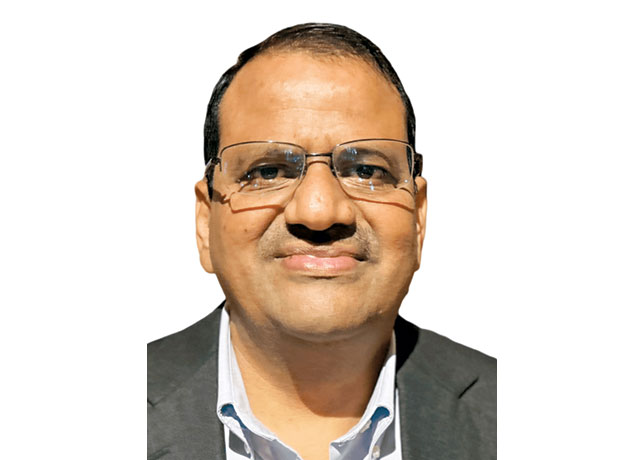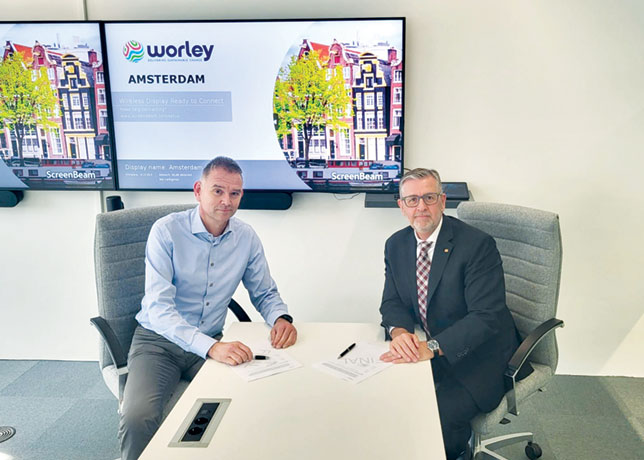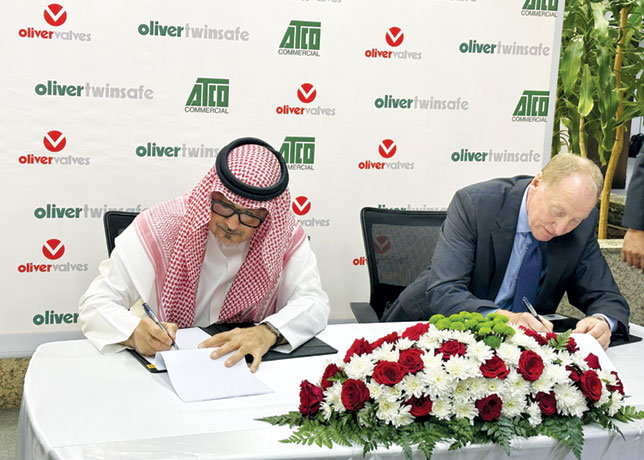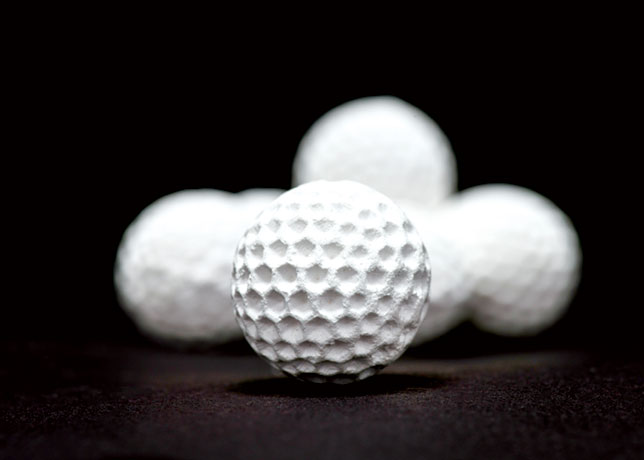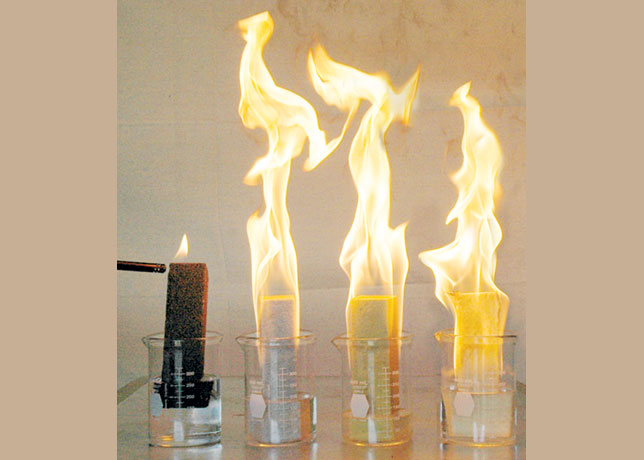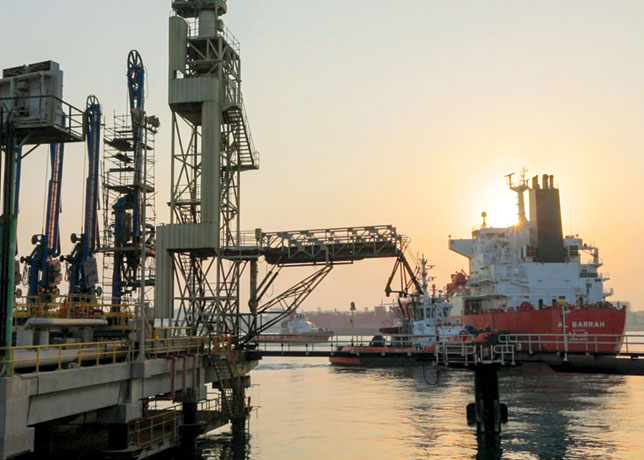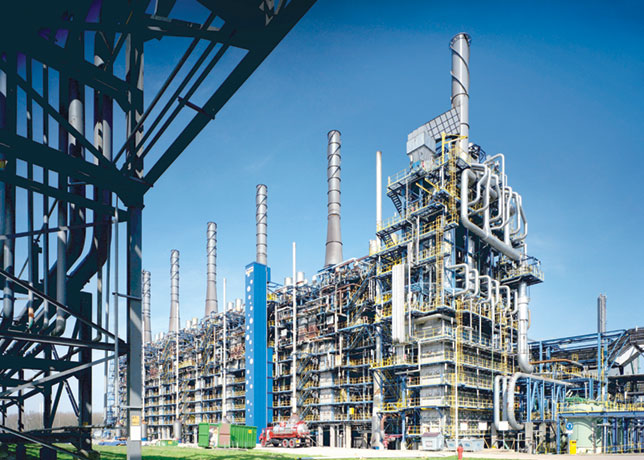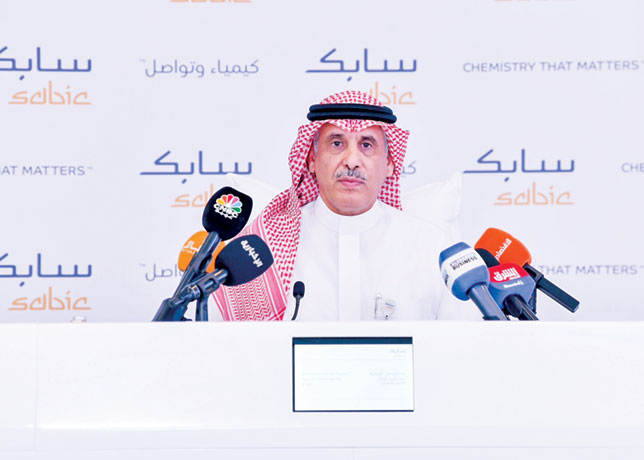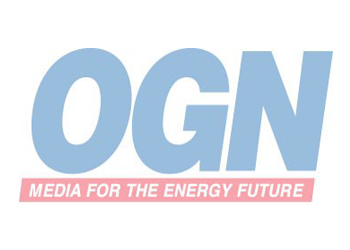
 Fig 2: Multiple probe scanners.
Fig 2: Multiple probe scanners.
Cooperheat Middle East, as part of Stork Industry Specialists, has been involved in a number of interesting projects utilising Advanced Computerised Ultrasonic Techniques over the last 9 years.
These have ranged from extremely heavy walled reactors to relatively thin walled piping.
The primary advantages of using the Time of Flight Diffraction (ToFD) technique, supplemented where required by pulse echo probes may be stated as being:
The technique is the most efficient and reliable NDT method available for defect detection, recording and sizing for the inspection of butt welds during manufacture or construction.
No disruption to production is caused by ionising radiation therefore manufacturing activities can carry on immediately adjacent to where the inspection is being performed.
ToFD is the most accurate technique available in sizing the through wall extent of non-surface breaking defects and as such is an essential tool where fitness for purpose strategies are to be adopted.
The speed, reliability and effectiveness of the techniques described below provide significant savings in time and cost.
The inspection can be performed at elevated surface temperature, which decreases the turnaround time of interpretation and reporting. This also enables full ultrasonic inspection of the hot pass without cooling the weld down
Whilst the projects, utilising Automated Ultrasonic techniques, have been many and extremely varied, two specific projects, which are related to the inspection of welding for manufacturing discontinuities, stand out
The first project was in fact carried out as long ago as 2001 on a petroleum refinery in Saudi Arabia. This project was divided into two specific phases, the first section being the inspection of welds on heavy walled reactors and the second part being the inspection of circumferential field welds in plant piping.
Heavy Wall Reactors
The work on the reactors was to detect, record and report any manufacturing discontinuities in the shell to shell and dished end to shell circumferential welds in 2 1/4 Cr material with SS321 overlay.
The challenge here was to ensure 100 per cent through wall coverage of the body of the weld material that was up to 300 mm thick with a cladding thickness of 4mm.
Of course, as in all inspection cases, time is money, so apart from the challenge of ensuring full coverage of the through wall of the weld material, the inspection also needed to be carried out using a single pass of the probes if at all possible.
To achieve this Cooperheat developed and validated a job specific procedure to cover all the thicknesses involved.
The total number of reactors inspected was three, with two being approximately 300 mm thick and the third being approximately 150 mm thick. All vessels were clad.
To achieve full coverage three pairs of Time of Flight Diffraction (ToFD) probes were used, each pair having different diameters, incidence angle and frequency, with each pair being focused to cover a specific area of the weld.
The probe selection is of course critical as the balance of penetration, sensitivity and resolution is of paramount importance.
Each probe is mounted in an individually sprung probe holder, which in turn is fitted into a scanning frame. The scanner uses an optical encoder to measure the position of the probes and this data is recorded to the ultrasonic inspection system.
Scanning is performed manually with the scanner attached to the vessel surface by means of rare earth magnetic wheels.
To ensure consistent and efficient coupling each probe is individually irrigated and fed with a constant water supply from a conveniently located water container and submersible pump.
Using this technique it is possible to inspect material that is 300 mm thick at a rate of 120 metres per day, which is faster than any other technique and more importantly is more sensitive to integrity critical discontinuities than any other NDT technique that could be applied to inspect welds of this type and in this application. Not only was the procedure capable of detecting all relevant discontinuities in the through wall extent of the weld but it also imaged the integrity of the cladding to shell interface in the weld area.
Figure 1 is a hard copy print out of a single 870 mm long scan on the 300 mm thick vessel and even though the probes are focused at 3/4 t the back wall and near surface can both be clearly identified. It is apparent however that most of the ultrasonic energy is focused within the inner half of the weld and not all discontinuities through the wall thickness of the weld could be detected using this single probe set up. Hence the requirement for the three pairs of probes to ensure 100 per cent coverage.
Welds in Inconel 825 material
The second part of the project undertaken by Cooperheat on the refinery was the time of flight diffraction ultrasonic inspection of in excess of 2,500 circumferential butt welds in Inconel 825 material. The scope of work covered three different wall thicknesses namely 53.9, 46 and 34.9 mm. Diameters ranged from 200 to 812 mm with the average diameter tested being 610 mm.
In the case of the thinner of the three wall thicknesses it was found that a single pair of ToFD probes focused at 2/3 t was sufficient to provide full through wall coverage and detect the type of discontinuities about which the refinery was concerned.
In the case of the pipes 53.9 and 46 mm thick two pairs of ToFD probes were used with the focus points being 1/3 and 2/3 t in both instances. This once again provided sufficient coverage to detect all relevant indications through the full wall thickness of the welds.
The data collection on the piping project was carried out using the same scanner as per Figure 2. The data collection, where only one pair of probes was required, was performed with a simple manually propelled, single axis, encoded, hand held scanner.
In this instance the speed of the inspection was not a critical item although of course still important as the welds were widely distributed around the plant and access to the inspection points was by scaffolding. The high level of portability of the Ultrasonic Inspection System used by Cooperheat greatly facilitated the speed of access to the welds. Cooperheat inspected approximately 30 welds per day, which equates to 57 metres; a notable rate of inspection when one considers the time taken to access each weld. The actual inspection time for the total number of welds each day was in the region of 2.5 hours with the remainder of the time spent on access.
AUT as a QC tool
The second project was carried out by Cooperheat in Australia and entailed 100 per cent ultrasonic inspection of circumferential and longitudinal butt welds in piping for on a Alumina Refinery.
At the start of project planning it was apparent that the two primary considerations would have to be defect detectability through the complete wall thickness, including any discontinuities in the region of the root and weld cap and the speed of inspection, which would have a direct impact on total project costing.
Cooperheat carried out extensive and exhaustive procedure development and validation as well as full and detailed training of local inspection personnel in the ToFD and mechanised pulse echo ultrasonic inspection techniques. The procedure development including validation took approximately 4 weeks with a further two weeks being used to carry out technician training. The result was a procedure that was validated and approved by both the client and NATA.
The validations were carried out over a number of samples covering the full diameter and wall thickness range required. All samples were inspected by the manual pulse echo ultrasonic technique, mechanised combined ToFD and pulse echo ultrasonic techniques and radiography using x-ray with fine grain film, with each indication detected by all methods being sectioned and micro-graphed. A detailed analysis of the results indicated that all indications detected by both the convention ultrasonic and radiographic techniques were detected by the mechanised ultrasonic technique. A number of indications detected and recorded by the mechanised ultrasonic technique and proven by sectioning were missed by either UT or RT and in some instances by both techniques.
This was especially true of the lack of sidewall fusion, which was not detected by the radiographic technique in all instances and in some instances nor by the manual UT technique.
The scope of work covered approximately 5,000 welds with the following dimensions
* 150 mm Ø x 10.97 mm t
* 450 mm Ø x 9.53 mm t
* 450 mm Ø x 12.7 mm t
* 450 mm Ø x 19.05 mm t
* 500 mm Ø x 20.62 mm t
* 500 mm Ø x 26.19 mm t
Due to some limitations with the Time of Flight Diffraction Technique a combined ToFD and Pulse Echo procedure was developed. The technique utilised two pairs of ToFD probes for the body of the weld, one pair of bulk compression creep wave probes for the near surface and a pair of angled shear wave probes to cover the root region of the weld.
The Strip Scan software was used to display the ultrasonic data. Figure 3 is a hard copy print out from one of the actual production welds inspected. In this instance one pair of ToFD probes was used.
To maximise the time saving possible using this technique, the scanner, as displayed in figure 2, was held stationary and the weld was moved passed the probes by rotating the pipe. The actual inspection time for a weld in a 450 mm Ø pipe was 24 seconds including initial interpretation.




